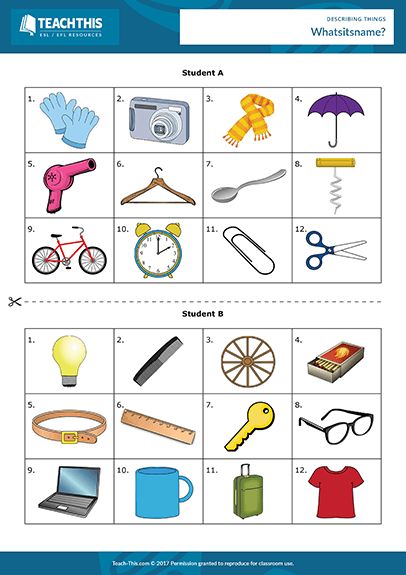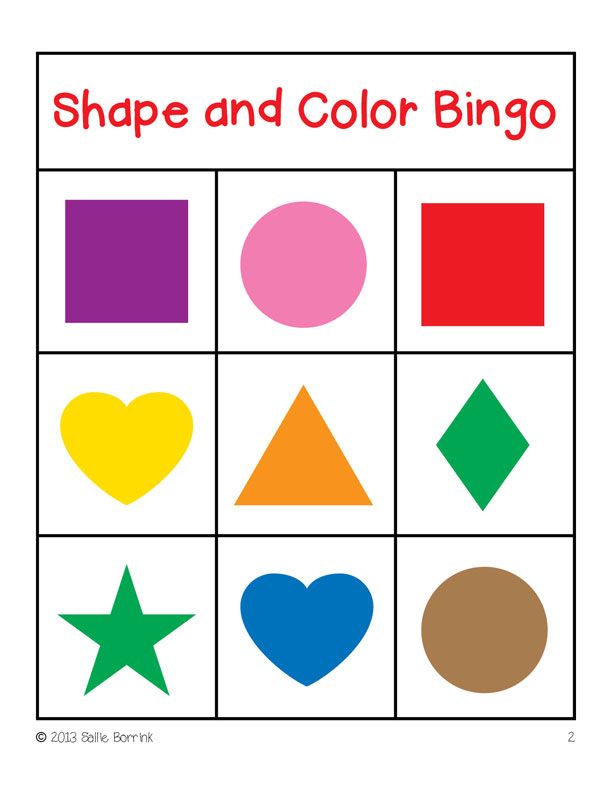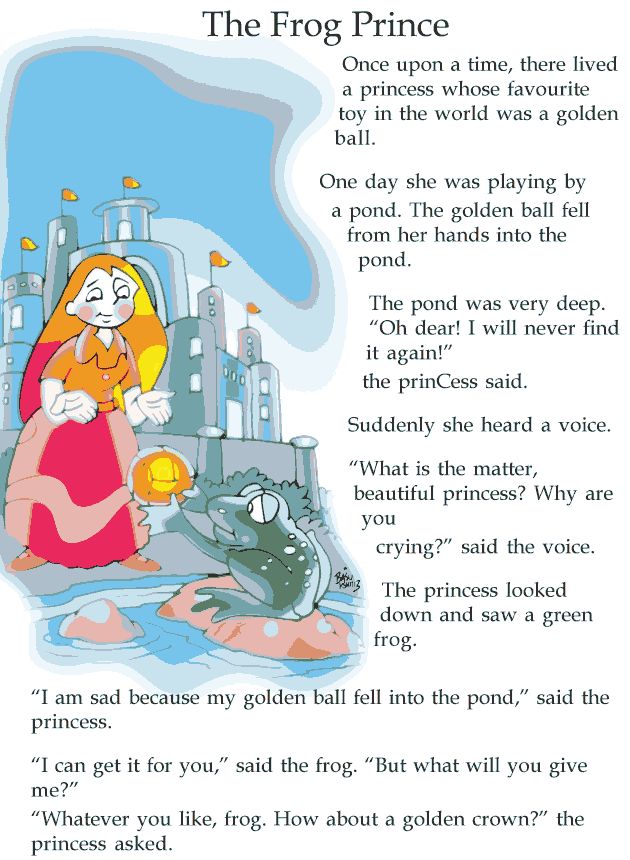Buzz and fly guy
Buzz Boy and Fly Guy (Fly Guy #9) (Hardcover)
- Home
- Buzz Boy and Fly Guy (Fly Guy #9) (Hardcover)
By Tedd Arnold, Tedd Arnold (Illustrator)
$6.99
Add to Wish List
Usually Ships in 3-7 Days
Other Books in Series
This is book number 9 in the Fly Guy series.
- #1: Hi, Fly Guy! (Fly Guy #1): Hi, Fly Guy! (Hardcover): $6.99
- #2: Super Fly Guy! (Fly Guy #2) (Hardcover): $6.99
- #3: Shoo, Fly Guy! (Fly Guy #3) (Hardcover): $6.99
- #4: There Was an Old Lady Who Swallowed Fly Guy (Fly Guy #4) (Hardcover): $6.99
- #5: Fly High, Fly Guy! (Fly Guy #5) (Hardcover): $6.99
- #6: Hooray for Fly Guy! (Fly Guy #6) (Hardcover): $6.
99
- #7: I Spy Fly Guy! (Fly Guy #7): I Spy Fly Guy (Hardcover): $6.99
- #8: Fly Guy Meets Fly Girl! (Fly Guy #8) (Hardcover): $6.99
- #10: Fly Guy vs. the Flyswatter! (Fly Guy #10) (Hardcover): $6.99
- #11: Ride, Fly Guy, Ride! (Fly Guy #11) (Hardcover): $6.99
- #12: There's a Fly Guy in My Soup (Fly Guy #12) (Hardcover): $6.99
- #13: Fly Guy and the Frankenfly (Fly Guy #13) (Hardcover): $6.99
- #14: Fly Guy's Amazing Tricks (Fly Guy #14) (Hardcover): $6.99
- #15: Prince Fly Guy (Fly Guy #15) (Hardcover): $6.
 99
99 - #16: Fly Guy's Ninja Christmas (Fly Guy #16) (Hardcover): $6.99
- #17: Fly Guy's Big Family (Fly Guy #17) (Hardcover): $6.99
- #18: Fly Guy and the Alienzz (Fly Guy #18) (Hardcover): $6.99
- #19: Attack of the 50-Foot Fly Guy! (Fly Guy #19) (Hardcover): $6.99
Description
A superhero adventure in Tedd Arnold's bestselling FLY GUY series!
The excitement is jam packed in Fly Guy's newest episode which features a comic book within the story. Buzz and Fly Guy are superheroes! The dynamic duo must battle a fiery dragon and a band of pirates. Will Fly Guy and Buzz Boy defeat their enemies and save their home? Find out in this ama-zzzing early chapter book.
About the Author
Tedd Arnold is the bestselling author and illustrator of the Fly Guy (Zig Zag et Zazie) series, Green Wilma, Parts, and other popular picture books. He is also the illustrator of Detective Blue. He has received Theodor Seuss Geisel Honors for Hi! Fly Guy (Salut Zig Zag!) and I Spy Fly Guy! (Où es-tu Zig Zag?). Tedd lives with his wife, Carol, in Florida.
Product Details
ISBN: 9780545222747
ISBN-10: 0545222745
Publisher: Cartwheel Books
Publication Date: September 1st, 2010
Pages: 32
Language: English
Series: Fly Guy
Recommended Reading Level
Minimum Age: 4
Maximum Age: 8
Minimum Grade Level: P
Maximum Grade Level: 3
Fly Guy Book Series (In Order 1-20)
Fly Guy Book Series (In Order 1-20)picture • 30 Pages
#1 in SeriesBook #1
Hi! Fly Guy
Written and illustrated by Tedd Arnold
4 - 8
Reading age
30
Page count
11
Words per page
Feb 1, 2006
Publication date
Paperback
$3. 99
99
$3.71
Summary
When Buzz captures a fly to enter in The Amazing Pet Show, his parents and the judges tell him that a fly cannot be a pet, but Fly Guy proves them wrong.
Primary Tags
petsbugs and insectscontestsFly Guy Series
Published from 2006 - 2019
20
books
picture • 30 Pages
#1 in SeriesPaperback
$3.99$3.71
picture • 30 Pages
#2 in Series
Paperback
$3.99$3.71
picture • 30 Pages
#3 in Series
Prebound-Sewn
$17.80$16.55
picture • 32 Pages
#4 in Series
Hardcover
$6.99$6.50
picture • 32 Pages
#5 in Series
Hardcover
$6.99$6.50
picture • 32 Pages
#6 in Series
Hardcover
$6.99$6.50
chapter • 32 Pages
#7 in Series
Hardcover
$6.99$6.50
picture • 32 Pages
#8 in Series
Hardcover
$6.99$6.50
picture • 32 Pages
#9 in SeriesGraphic Nov.
Hardcover
$6.99$6.50
picture • 32 Pages
#10 in Series
Hardcover
$6.99$6.50
picture • 32 Pages
#11 in Series
Hardcover
$6.99$6.50
picture • 32 Pages
#12 in Series
Hardcover
$6.99$6.50
picture • 32 Pages
#13 in Series
Hardcover
$6.99$6.50
picture • 32 Pages
#14 in Series
Hardcover
$6.99$6.50
picture • 32 Pages
#15 in Series
Hardcover
$6.99$6.50
picture • 32 Pages
#16 in Series
Hardcover
$6.99$6.50
picture • 32 Pages
#17 in Series
Hardcover
$6.99$6.50
picture • 32 Pages
#18 in Series
Hardcover
$6.99$6.50
picture • 32 Pages
#19 in Series
Hardcover
$6.99$6.50
picture • 32 Pages
Series
Hardcover
$16.99$15.80
The Creative Behind the Books
Similar Series
Mr. Putter & Tabby
Bumble and Bee
I Can Read It All By Myself Beginner Books
Little Witch
Fancy Nancy: I Can Read
Crabby
Step into Reading Book
I Can Read It All By Myself Beginner Books
Bookroo
- About Us
- Blog
- FAQs
- Help Center
- Contact Us
- Affiliates
Book Clubs
B
Board Book Club
P
Picture Book Club
J
Junior Chapter Book Club
M
Middle Grade Book Club
- Gift a Book Club
- Shop Past Boxes
Schools
C
Classroom
- Schedule Demo
- Class Book Shop
- Resources
Book Platform
- Find a Book
- Motivate Reading
- Community Editors
Follow Bookroo
© 2022 Bookroo
Terms of ServicePrivacy Policy
what is sleep paralysis and can it be managed - T&P
6% of people have experienced sleep paralysis at least once: they wake up, but cannot move and see hallucinations, with which, it seems, nothing can be done.
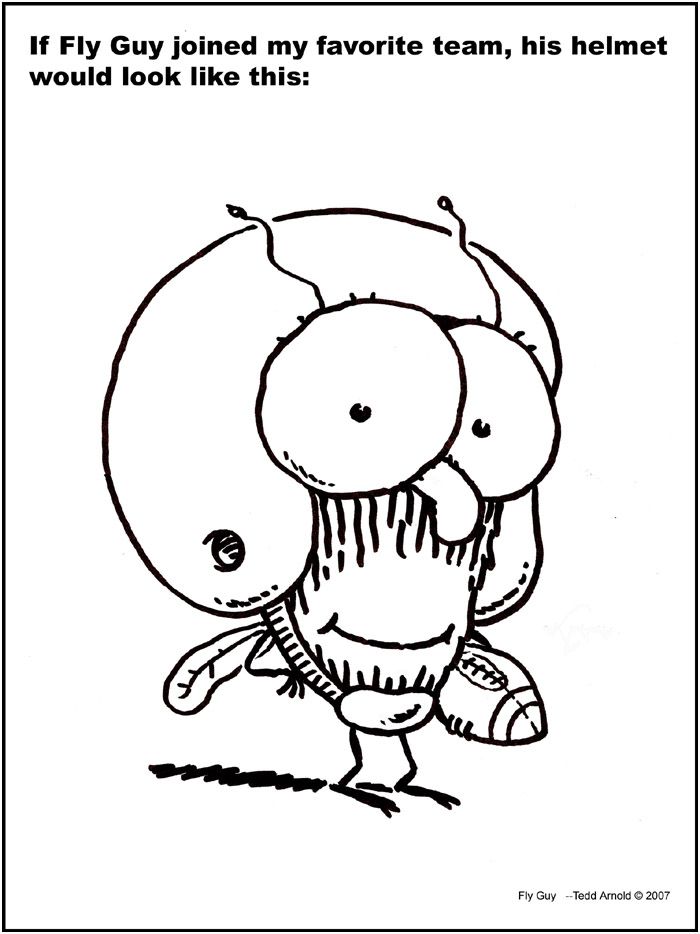 Scottish writer Karen Emsley has learned to control this state - in her right mind, she "gets out of her body", soars in the air and flies through walls. She spoke about her experience and the evolution of the concept itself - from evil spirits that bind a person in a dream to the latest neurobiological theories. T&P translated material published on Aeon.
Scottish writer Karen Emsley has learned to control this state - in her right mind, she "gets out of her body", soars in the air and flies through walls. She spoke about her experience and the evolution of the concept itself - from evil spirits that bind a person in a dream to the latest neurobiological theories. T&P translated material published on Aeon. Scottish writer and essayist. Contributor to Smithsonian, GOOD, Discover, Huck, BBC Wildlife and more
I'm in my bed. If you enter the room now, it will seem to you that I am sleeping. My eyelids appear to be closed, but in fact they barely noticeably tremble. They are the only ones I can move now. I am conscious, but I cannot call you: the body is completely numb and does not obey.
*REM sleep, the REM phase, is characterized by increased brain activity. One of the signs of this phase is the rapid movements of the eyeballs. We are all paralyzed when our brains are in REM (or REM) sleep*—during this stage, dreams occur. If we are not immobilized at this moment, we will begin to act according to the events in the dream, endangering both ourselves and sleeping partners nearby. But sometimes, if we break the sleep pattern or get very tired, everything goes awry: we wake up and are conscious, but the REM phase continues. The body is motionless, and the extremely disturbed brain at the same time explodes with vivid pictures of dreams. The phenomenon of this awakening during REM sleep is called "sleep paralysis".
If we are not immobilized at this moment, we will begin to act according to the events in the dream, endangering both ourselves and sleeping partners nearby. But sometimes, if we break the sleep pattern or get very tired, everything goes awry: we wake up and are conscious, but the REM phase continues. The body is motionless, and the extremely disturbed brain at the same time explodes with vivid pictures of dreams. The phenomenon of this awakening during REM sleep is called "sleep paralysis".
Personal experience of being in this state can be terrifying. Trapped in a paralyzed body, you may hear that intruders have broken into your house, or feel something very heavy pressing on your chest, squeezing the air out of your lungs. Because of hallucinations, sensory sensations begin to literally shout over each other: there are ominous voices, and supernatural beings, and strange lighting effects. It may feel like someone is touching you, dragging you somewhere, or pulling a blanket off you, and you are powerless to prevent it.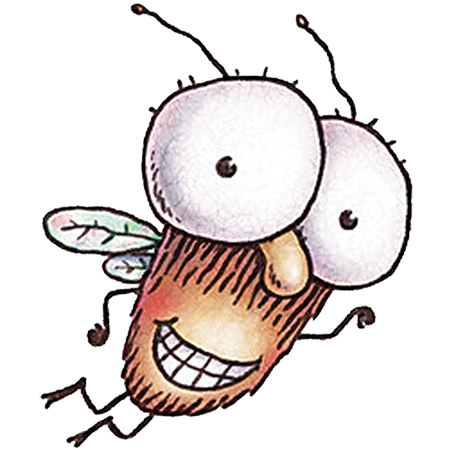
I got acquainted with these frightening sensations as a child, but much later I realized that I was not alone: at least 6% of the world's population experience this with me, and the first descriptions of such phenomena appeared more than a thousand years ago. Then, however, it was classified as communication with the demons of voluptuousness, mythical monsters or ghosts. From the point of view of the cultural context, reports of such "meetings" may differ greatly, but the texture and biological details make them related. In Newfoundland tales, there is a legend about the Old Witch - a disgusting sorceress who crushes the sleeping person, sitting on his chest. From Japanese folklore came the concept of "kanashibari" - it denotes the unenviable fate of damned people who, with the help of black magic, were bound in a dream by evil spirits. The heroine of Old Norse myths, Mara, is an insidious phantom who saddles the body of a sleeping person and tries to strangle; and from the word mara came the English nightmare (nightmare). Stories of alien abductions and alien encounters are also likely related to the effects of sleep paralysis.
Stories of alien abductions and alien encounters are also likely related to the effects of sleep paralysis.
Ever since my teenage years, I have occasionally noticed dark figures in the corner of my bedroom, and when I wake up, I could see very strange creatures next to the bed - grinning vampires or just silent observers. Sometimes I felt someone grab my hand, how my chest was squeezed under the weight of an unknown monster, how my body twisted and rotated in space. I heard buzzing, ringing, whistling and even obscenities that someone whispered in my ear. If at that moment the TV or radio was turned on, I could clearly hear the transmission and, when the paralysis released me, I easily recounted what I heard. If someone entered the room, the doorbell rang, a dog barked, or (as indeed happened once) the electricity went out, I was fully aware of it. I tried to scream, raise my eyelids, tried desperately to come to my senses, but remained completely motionless.
Still from The Nightmare, 2015
All these unpleasant artifacts that sleep paralysis provides in abundance, more than once spawned plots for horror stories and thrillers. As an old "patient" I share this point of view. But as a writer and filmmaker, I see it from a different angle. In addition to acute horror, sleep paralysis brings other sensations - for example, it opens the way to exciting, unusual and, in spite of everything, quite pleasant altered states of consciousness. One of these is the state of lucid dreaming. While in it, you can control your dreams, travel to the most incredible places and communicate with unreal creatures that your own mind has created. Also, extraordinary impressions are brought by the experience of an out-of-body experience (OBE) - a conscious feeling of separation from the physical body and free movement in the air, up to passing through walls and surrounding objects. Often during such an “out of body” you can look down and see yourself from the side.
As an old "patient" I share this point of view. But as a writer and filmmaker, I see it from a different angle. In addition to acute horror, sleep paralysis brings other sensations - for example, it opens the way to exciting, unusual and, in spite of everything, quite pleasant altered states of consciousness. One of these is the state of lucid dreaming. While in it, you can control your dreams, travel to the most incredible places and communicate with unreal creatures that your own mind has created. Also, extraordinary impressions are brought by the experience of an out-of-body experience (OBE) - a conscious feeling of separation from the physical body and free movement in the air, up to passing through walls and surrounding objects. Often during such an “out of body” you can look down and see yourself from the side.
The biological causes of sleep paralysis have recently ceased to be a mystery. For example, Japanese psychologist Kazuhiko Fukuda of Edogawa Private University discovered that the process likely involves the amygdala, the area of the brain that relays danger signals from external threats and activates our primal fight-or-flight response. Waking up in a state of paralysis creates a threat, but at the same time we cannot respond to it. The amygdala is in a state of hyperactivity, and the physiological signs of the REM phase invade the already awakened consciousness. As a result, we are stuck in a state of insane horror and continue to sleep awake, face to face with our deepest fears.
Waking up in a state of paralysis creates a threat, but at the same time we cannot respond to it. The amygdala is in a state of hyperactivity, and the physiological signs of the REM phase invade the already awakened consciousness. As a result, we are stuck in a state of insane horror and continue to sleep awake, face to face with our deepest fears.
In 2012, Patricia Brooks and John Peaver, neuroscientists at the University of Toronto, described the physiological process behind an altered state of consciousness. During REM sleep, the GABA (A) and GABA (B) receptors that control body muscle tone interact with an amino acid called glycine and turn off all motor neuron activity in our voluntary muscles. Normally, they manage to turn motor skills back on before we wake up. But sometimes we can wake up in the REM phase, and then a cocktail of GABA and glycine holds us in a stranglehold - as a result, we fall into a panic, continuing to have daydreams.
I could swim from the bedroom to the living room through the walls, enter and exit the house without opening the door
who himself regularly experiences sleep paralysis.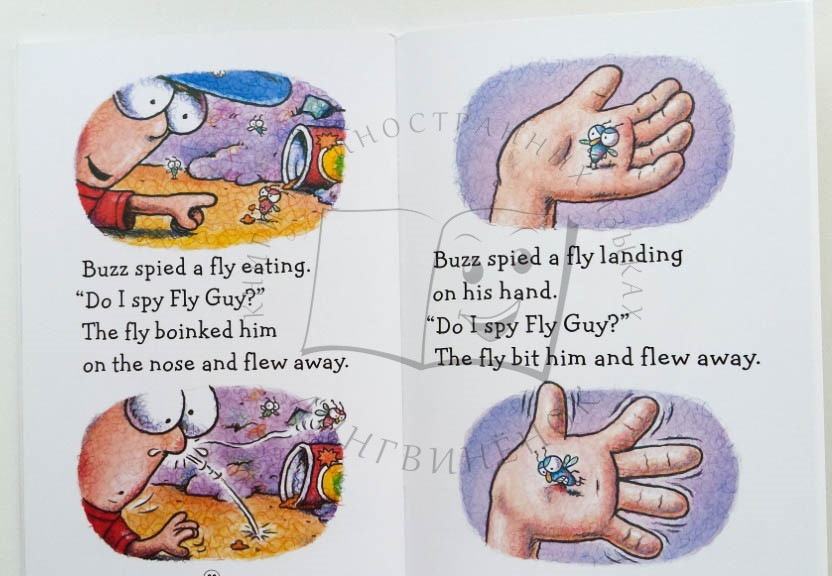 It was his example that helped me overcome the monstrous fear. In his book Wrestling With Ghosts (2004), he takes a different approach to the topic, explaining the phenomenon of sleep paralysis from a research point of view, but without hiding his personal curiosity.
It was his example that helped me overcome the monstrous fear. In his book Wrestling With Ghosts (2004), he takes a different approach to the topic, explaining the phenomenon of sleep paralysis from a research point of view, but without hiding his personal curiosity.
Thanks to Conese-Seville, I realized that people with sleep paralysis have a unique ability to consciously dream, and if you only want to, it can turn into full control over dreams. This is logical, because both lucid dreams and sleep paralysis are considered the so-called borderline states. However, according to psychologist James Cheyne from the University of Waterloo (Canada), there are still serious differences. “During a lucid dream, the sober awareness of being awake seeps into your dream. And during sleep paralysis, the opposite is true: the imagery inherent in the most vivid dreams invades the consciousness of a waking person.
Conesa-Seville has developed a specific, very clear technique that allows you to freely move from one borderline state to another.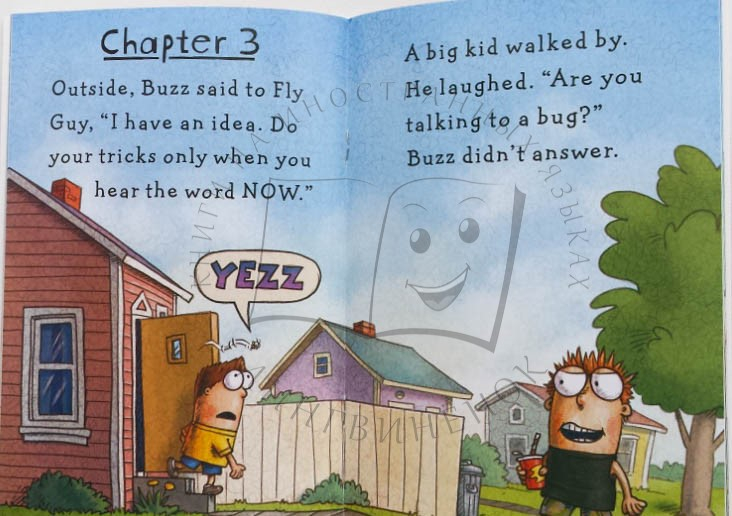 Like any person who suffers from sleep paralysis, I fell into a lucid dream state from time to time, but did not really understand exactly how this happens. Nor did I understand that I could initiate this transition myself. Fighting Ghosts explained how to do this, and also made me think about the fact that being affected by sleep paralysis can be seen not only as a curse, but also as a great gift.
Like any person who suffers from sleep paralysis, I fell into a lucid dream state from time to time, but did not really understand exactly how this happens. Nor did I understand that I could initiate this transition myself. Fighting Ghosts explained how to do this, and also made me think about the fact that being affected by sleep paralysis can be seen not only as a curse, but also as a great gift.
The Conesa-Seville system called SPS (Sleep Paralysis Signaling) is designed to use self-awareness to move from one borderline state to another, from nightmare to pleasure. The system teaches you to focus your attention on certain parts of the body, imagine yourself spinning in space, and apply the skills of meditation, conscious breathing and relaxation to successfully cope with the fear caused by paralysis. Using this technique, I can go from frightening wakefulness to controlled dreaming at will, leaving only a small part of my consciousness active, enough to influence what happens in a dream.
It is actually quite an achievement to go from sleep paralysis to lucid dreaming. If you're straddled by a ghost, it's hard to keep your sanity. I can rarely pinpoint the exact moment when calm awareness replaces fear, but if it does, I am immediately swept away into a world of surreal landscapes and rich colors.
I often return to the same places, to spaces that I create myself. Among them is a port city with complex street patterns, exquisite buildings, swimming pools, and a system of underground structures. White, blue, yellow and green colors are much brighter there than I have ever seen in reality. There are also incredible natural landscapes - for example, a coastal strip with sheer cliffs, surrounded by dense forests. I know these places like the back of my hand, I can easily draw their detailed maps. Every time I can choose where to go. I can choose whether I will walk or fly through the air. These worlds are inhabited by people, and whether they are my acquaintances or fictional characters, living or dead, I can talk to them. During such dreams, I am clearly aware of everything.
During such dreams, I am clearly aware of everything.
Still from A Nightmare on Elm Street, 1984
Often in these dreams I experience the feeling of flying, floating freely, or abruptly moving through space. But sometimes I feel something else - this state is characterized by sensations of both flight and soaring, but still it is not exhausted by them. If in a lucid dream I feel like a whole being and move freely in an imaginary space, then during these “other” experiences I feel that I am physically twisting or bending, standing on my feet, feeling separate from the body and at the same time I am in the same the environment in which she fell asleep. In terms of plausibility, these sensations are in no way inferior to real ones, while I remain conscious. As I now know, this is one of the forms of out-of-body experience (OBE).
Looking back, I realized that I had my first out-of-body experience very early. In one of my childhood memories, I seem to be lying above and below the bed at the same time. Later, I forced the occurrence of such sensations right in the state of paralysis, simply from the fear of remaining in this stupor. If I scream, I thought, but do not make a sound, if I feel touched, although no one touched me, if I move my hand, but it is motionless, this means that the brain somehow gives the body independent signals about movements and sensations. But what if the brain gives this weightless body the command to separate from the paralyzed body? And in the end I succeeded - at least in my imagination.
Later, I forced the occurrence of such sensations right in the state of paralysis, simply from the fear of remaining in this stupor. If I scream, I thought, but do not make a sound, if I feel touched, although no one touched me, if I move my hand, but it is motionless, this means that the brain somehow gives the body independent signals about movements and sensations. But what if the brain gives this weightless body the command to separate from the paralyzed body? And in the end I succeeded - at least in my imagination.
At first I heard strange noises, loud buzzing and whistling. Sometimes I felt that someone was sucking my brain right through the top of my head or pulling my body back at great speed. I panicked and tried in vain to overcome these feelings, but each such test added to me a little courage. Gradually, I learned to wait out these frightening moments and found that they were replaced by a pleasant feeling of lightness, absolute separation from my own body.
In this state, I could see an alternate version of my bedroom. On the smooth plank door there was a wonderful bright painting; the trees in the garden also differed from the real ones: sometimes they were of a different species, sometimes they were of a different size, much larger than usual. In some cases, I had to literally drag myself from place to place, while in others I was lighter than a feather and moved freely.
On the smooth plank door there was a wonderful bright painting; the trees in the garden also differed from the real ones: sometimes they were of a different species, sometimes they were of a different size, much larger than usual. In some cases, I had to literally drag myself from place to place, while in others I was lighter than a feather and moved freely.
During one of these out-of-body experiences, I thought: what would happen if I tried to go through a closed bedroom door or even through a massive entrance? It turned out that this was not a problem. I began to play with these sensations, float from the bedroom to the living room through the walls, enter and leave the house without opening the door. I really liked circling in this way at home and around the yard.
Lucid dreams and out-of-body experiences capture me even more, because now I can control sensations at will, and a little fright only exacerbates them
I know that from a biological and chemical point of view, mind and body exist in close unity. And yet, my hallucinogenic nights proved otherwise. What is this part of my "I", which, apparently, is completely free from the laws of physics and even the boundaries of my body? I remember that I was very alarmed after a conversation with an acquaintance: he advised me not to leave my “shell” once again, because in my absence some other wandering soul might move into it. But the anxiety subsided after numerous conversations with specialists. Neurobiology fascinated me and helped me free myself from superstitious fears.
And yet, my hallucinogenic nights proved otherwise. What is this part of my "I", which, apparently, is completely free from the laws of physics and even the boundaries of my body? I remember that I was very alarmed after a conversation with an acquaintance: he advised me not to leave my “shell” once again, because in my absence some other wandering soul might move into it. But the anxiety subsided after numerous conversations with specialists. Neurobiology fascinated me and helped me free myself from superstitious fears.
As I have been able to find out, the physical sensation of the self moving according to the laws of gravity consists of a complex of sensory inputs, such as position in space, a sense of balance and movement, visual cues of vision. All this vestibular data comes from different neural networks located in different parts of the brain. And collection and processing take place in the temporoparietal ganglion - the transitional region of the brain, which is located at the intersection of the temporal and parietal lobes of the cerebral cortex. When we are awake, the temporoparietal node is in a state of high activity, processing information consistently and efficiently. However, when we sleep and dream, vestibular sensations do not come from outside, but arise from within the brain itself.
When we are awake, the temporoparietal node is in a state of high activity, processing information consistently and efficiently. However, when we sleep and dream, vestibular sensations do not come from outside, but arise from within the brain itself.
During REM sleep, this sometimes leads to our miraculous flights. But these same sensations can occur during sleep paralysis, which makes us "out of the body." The reason is in cognitive dissonance: being in the REM phase, we receive vestibular information that the brain generates on its own, but the waking consciousness reports on vestibular sensations in reality. Both of these data are sent to the temporo-parietal node. As James Chain states, during sleep paralysis, the brain tries to resolve the conflict "between movement and stillness, between simultaneously floating in the air and lying on the bed." Trying to process this conflicting information, the brain comes to the conclusion that "some supernatural "I" has separated from the physical shell. " This is what is often called an out-of-body experience.
" This is what is often called an out-of-body experience.
This view is shared by Olaf Blanke, professor of neurology at the University Hospital of Geneva, whose work over the past 10 years has led to a breakthrough in the study of sleep paralysis. Blanke demonstrated that in response to artificial electrical stimulation, the brain generates a vestibular sensation and transmits it to the temporoparietal ganglion, exactly repeating the pattern characteristic of the REM phase. As a result, a person loses the feeling of fixation in his own body and describes a feeling of separation from it. Also of particular note is the location of the temporoparietal node - just above the ears and directly behind them, closer to the back of the head. Perhaps this is due to the illusion of the presence of some creature standing behind or simply out of sight, which many describe as one of the effects of sleep paralysis.
Some might think that scientific explanations for things like sleep paralysis, lucid dreaming, and out-of-body experiences interfere with vivid experiences. But for me personally, science has made the experience richer. Lucid dreams and out-of-body experiences capture me even more, because now I can control sensations at will, and a little fright only exacerbates them. To this day, I experience fear when I wake up in a paralyzed state. Eventually, my amygdala keeps beeping, “DANGER! DANGER!" But the acquired understanding of these processes helps me overcome the horror and use my switched on consciousness to explore altered states. The transition from one to the other sometimes escapes my attention, but the more I learn about what is happening inside my brain, the better I can control it and the more interesting the experience I get.
But for me personally, science has made the experience richer. Lucid dreams and out-of-body experiences capture me even more, because now I can control sensations at will, and a little fright only exacerbates them. To this day, I experience fear when I wake up in a paralyzed state. Eventually, my amygdala keeps beeping, “DANGER! DANGER!" But the acquired understanding of these processes helps me overcome the horror and use my switched on consciousness to explore altered states. The transition from one to the other sometimes escapes my attention, but the more I learn about what is happening inside my brain, the better I can control it and the more interesting the experience I get.
I'm in my bed again. If you enter the room now, it will seem to you that I am sleeping. But this is not so: in fact, I am awake and floating in the air, traveling through fantastic landscapes from my most vivid dreams.
And if you yourself ever wake up and can't move, try not to panic. Remind yourself that you are on the threshold of a fantasy world, a bizarre secret land where the physiology of REM sleep kindly provides your waking mind with a whole library of games.
I'm terribly afraid to fly !!! Help, soon fly
#1
#2
#3
#4
#5
#6
#7
#8
#
#10
#11
#12
#13 9000
#14
 m. 2008, 23:41
m. 2008, 23:41
#18
#19
#200005
#21
#22
Woman.ru experts
-
Maxim Sorokin
Practicing psychologist
719 responses
-
Galimov Ildar
Family psychologist
177 answers
-
Maria Burlakova
Psychologist
184 answers
-
Julia Lekomtseva
Cosmetologist
258 answers
-
CR Life Line
Reproductologist
1 answer
-
Ekaterina Golikova
Psychologist
38 answers
-
Alla Buraya
Psychologist
69 answers
-
Irina Gudkina
Psychologist
17 answers
-
Klimkova Tatyana
Psychologist
77 answers
-
Nikita Nosov
Practicing psychologist
37 answers
#23
#24
#25
#26
Unacceptable stories
-
I am infuriated with my children and grandchildren .


